More than 40 million Americans experience varicose veins, a condition that can cause cosmetic concerns and significant discomfort. Compression socks are one of the most effective treatments but choosing the right compression level can be daunting. If you're wondering, "How do I pick the right compression level?" We will guide you through the process based on your needs and health conditions.
Different Compression Levels
What Do the Numbers Mean?
Compression socks are categorized by their pressure levels, indicated in millimeters of mercury (mmHg). The higher the number, the greater the pressure exerted by the sock. This measurement helps determine which compression level best suits your needs, from mild support to medical-grade compression.
Light Compression: 8-15 mmHg
Light compression socks offer gentle support and are ideal for daily wear. It prevents minor swelling, fatigue, and discomfort, especially for those who sit or stand for long periods. This level is also suitable for travel, helping reduce the risk of developing deep vein thrombosis (DVT) during long flights or car rides.
Mild Compression: 15-20 mmHg
Mild compression provides more pressure than light and is often recommended for managing minor varicose veins and reducing swelling in pregnant women. Athletes frequently use mild compression socks to enhance performance and speed up recovery post-exercise. This level can be purchased over the counter and is a good starting point for those new to compression therapy.
Moderate Compression: 20-30 mmHg (Medical Grade Class I)
This level is the most commonly prescribed and is suitable for managing moderate varicose veins, post-surgical recovery, and preventing the progression of venous insufficiency. It offers enough pressure to alleviate pain and discomfort but remains comfortable for all-day wear. Moderate compression can be purchased without a prescription, although healthcare professionals often recommend it.
High Compression: 30-40 mmHg (Medical Grade Class II)
High compression is intended for more severe cases, such as advanced varicose veins, severe swelling, and chronic venous insufficiency. It also treats conditions like lymphedema and manages symptoms following surgery. This level requires a prescription and should be used under the supervision of a healthcare provider to avoid potential complications.
Very High Compression: 40-50 mmHg
Very high compression is the most intense level available. It is used only in severe medical situations, such as severe lymphedema or chronic venous insufficiency that hasn't responded to lower compression levels. This compression level should only be worn under direct medical guidance, as improper use can cause more harm than good.
Benefits of Compression Socks
Improved Blood Circulation
Compression socks apply pressure to your legs, encouraging healthy blood flow from your lower extremities to your heart. This helps prevent blood clots, varicose veins, and other circulation issues.
Compression socks are especially beneficial for those with a sedentary lifestyle or frequent travelers. Additionally, they can reduce tired feet syndrome, alleviating discomfort and swelling after long periods of sitting or standing.
Reduced Swelling and Inflammation
Compression socks can help reduce swelling and inflammation in the legs and feet by enhancing blood flow. This is particularly beneficial for those who experience edema from prolonged standing, pregnancy, or certain medical conditions. For example, compression socks are great for nurses because they can provide significant relief during long shifts, helping to minimize fatigue and discomfort.
Enhanced Recovery for Athletes
Athletes use unique compression socks, such as workout socks, to boost performance and recovery. They help minimize muscle vibration during activity, reduce soreness post-exercise, and promote quicker recovery by improving circulation and reducing lactic acid buildup.
Prevention of Deep Vein Thrombosis (DVT)
DVT is a condition where blood clots form in deep veins, often in the legs. Compression socks can help prevent this by improving blood flow and reducing the risk of clot formation. They are essential for long-distance travelers or those who sit for extended periods.
Alleviation of Varicose Veins
Compression socks are a great option for varicose veins. They provide relief from pain, swelling, and the unsightly appearance of bulging veins. They also help support the vein walls and improve circulation, preventing the condition from worsening.
Support During Pregnancy
Pregnant women often experience swelling and varicose veins due to increased blood volume and pressure on the leg veins. Compression socks for women can provide much-needed relief, reducing swelling and discomfort and helping prevent the development of varicose veins.
Choosing the Right Compression Level
Assess Your Symptoms
Light to mild compression may be sufficient if you experience mild swelling or discomfort. For more severe symptoms, such as varicose veins or post-surgical recovery, moderate to high compression is often recommended. Always consult your doctor to determine the best level for your needs.
Consult Your Doctor
It's essential to seek medical advice if you have any underlying health conditions, such as diabetes or a history of blood clots, as these can affect your suitability for certain compression levels. Your doctor can also provide personalized recommendations based on your health history and symptoms.
Try Different Levels
If you're new to compression socks, start with a lower level and gradually increase to find the most comfortable and effective option. Finding the perfect fit and pressure level that provides optimal support without discomfort may take some trial and error.
How to Measure for Compression Socks
- Measure Your Ankle: Measure the circumference of the narrowest part of your ankle, just above the bone. This measurement helps determine the base size of your compression socks.
- Measure Your Calf: Measure the circumference of the widest part of your calf. This ensures the socks provide adequate support without being too tight or loose.
- Measure the Length: Measure from the floor to the bend of your knee for knee-high socks or from the floor to the top of your thigh for thigh-high or full-length stockings. This helps you choose the correct length for optimal coverage and support.
Tips for Wearing Compression Socks
- Put Them On Properly: Roll the sock down to the heel, then place your foot inside and unroll it up your leg to avoid wrinkles and ensure a smooth fit.
- Wear Them Regularly: For maximum benefits, wear your compression socks as directed, especially during long periods of inactivity or after exercise.
- Remove Them at Night: Unless advised otherwise by your doctor, remove compression socks before bed to give your legs a break and allow your skin to breathe.
Some people, such as seniors or those with limited mobility, find it helpful to use a tool to put on compression socks.
Frequently Asked Questions
What do compression levels mean?
Compression levels refer to the amount of pressure applied to your legs, measured in mmHg. Higher levels provide more support and are used to treat more severe conditions.
How do I choose the right compression level?
Consult your doctor to find the appropriate level based on your symptoms and health conditions. Light or mild compression is usually sufficient for general use.
Can I wear compression socks all day?
If they are on the correct level and fit, you can wear them all day. Remove them at night unless otherwise directed by your doctor.
Are compression socks safe for everyone?
Most people can safely wear light to mild compression socks, but higher levels should only be used under medical supervision.
How do I measure compression socks?
Measure the circumference of your ankle, calf, and leg length to find the right size. Use a manufacturer's sizing chart to ensure a proper fit.
Do I need a prescription for compression socks?
You can buy light and mild compression socks over the counter. Moderate to very high compression levels usually require a prescription.
How do compression socks help athletes?
They improve circulation, reduce muscle vibration and soreness, and aid in quicker recovery post-exercise.
Can compression socks prevent varicose veins?
They can help alleviate symptoms and prevent the condition from worsening, but they do not cure varicose veins. Regular use, as part of a treatment plan, can provide relief.

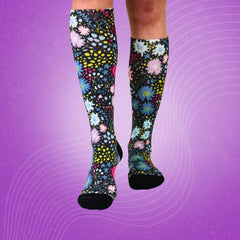
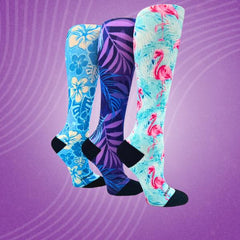
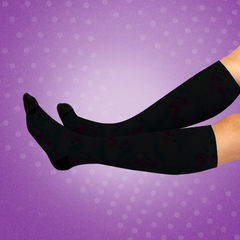

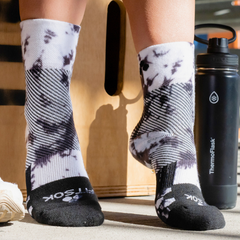
















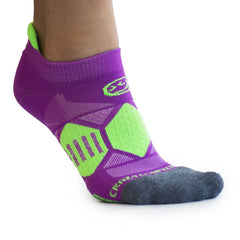
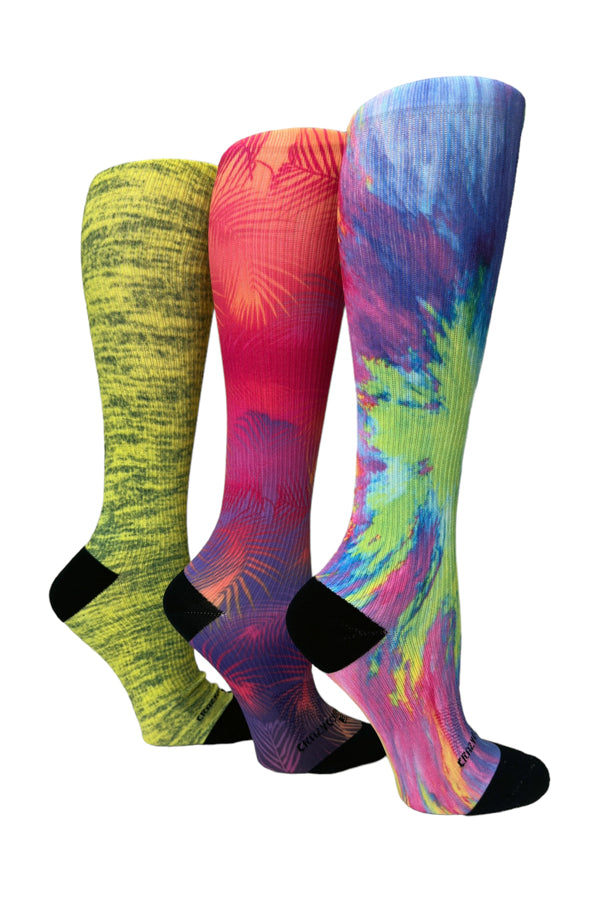

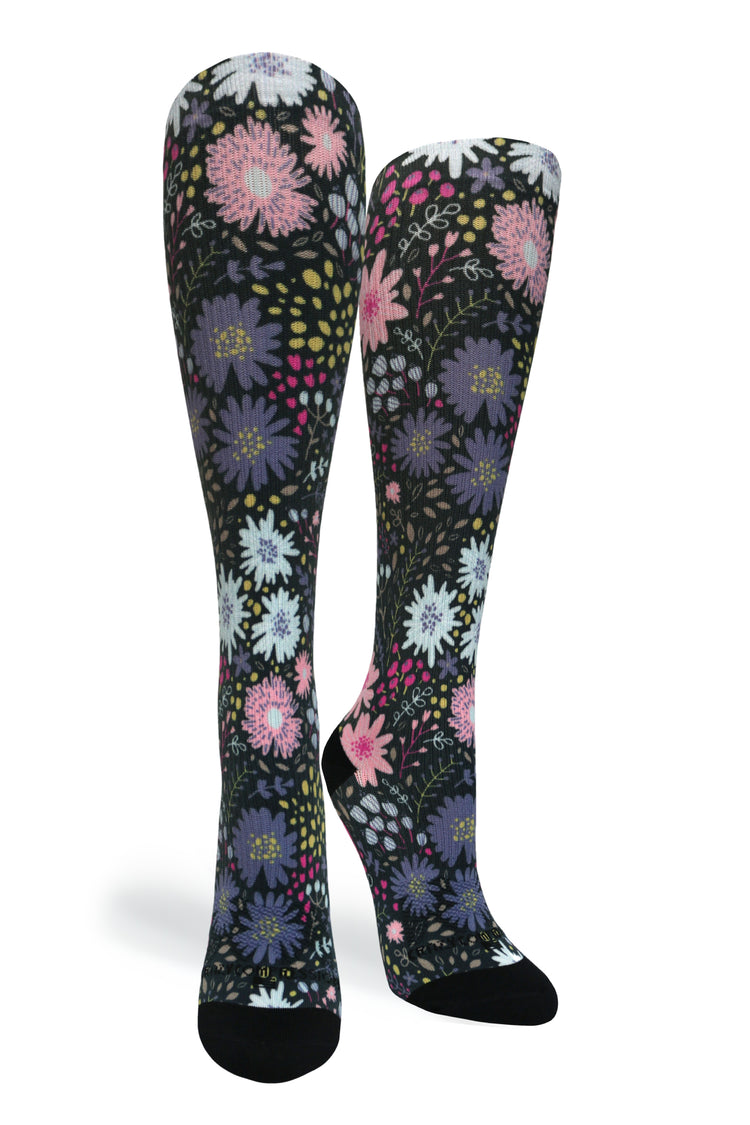

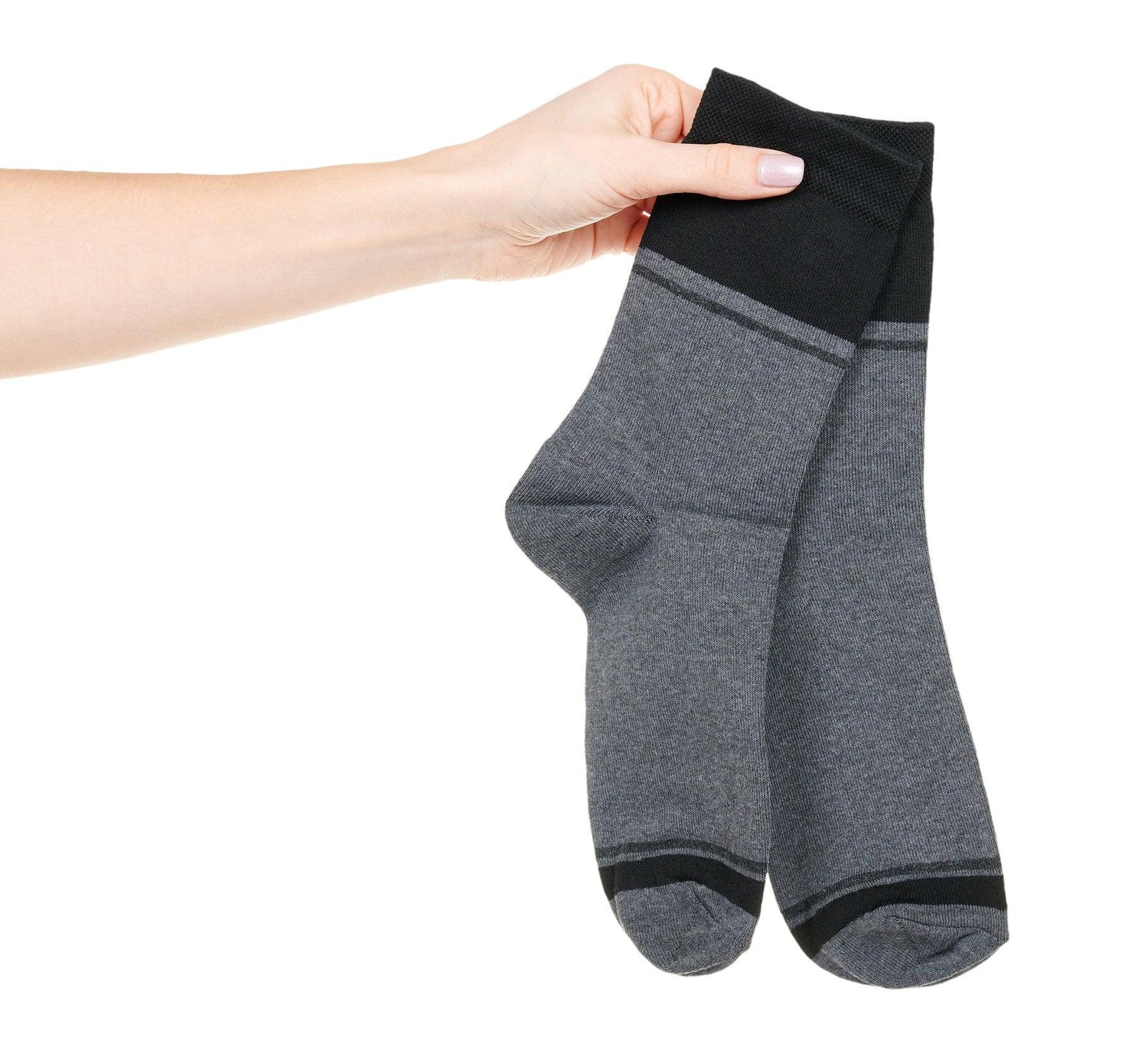
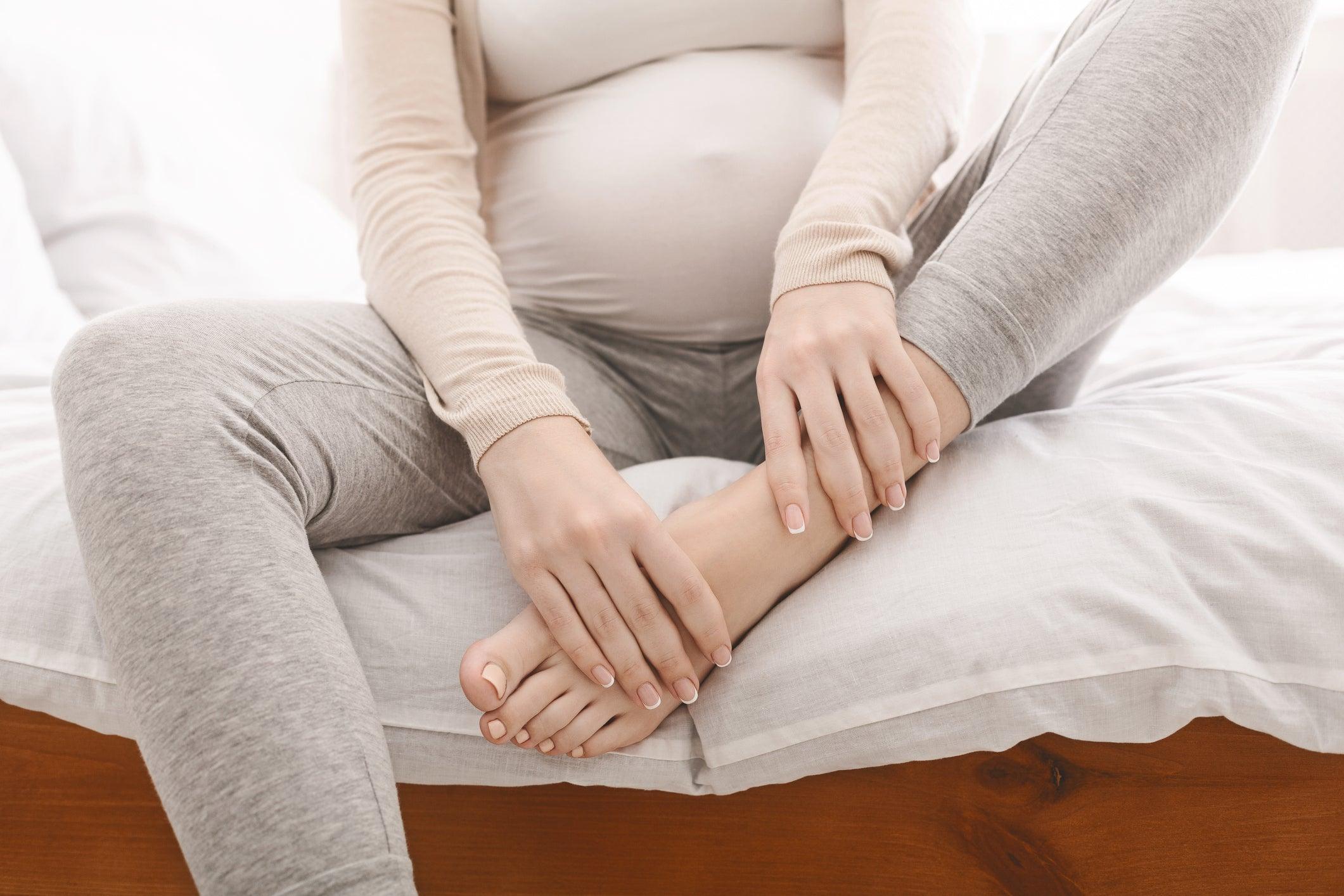

Leave a comment
This site is protected by hCaptcha and the hCaptcha Privacy Policy and Terms of Service apply.